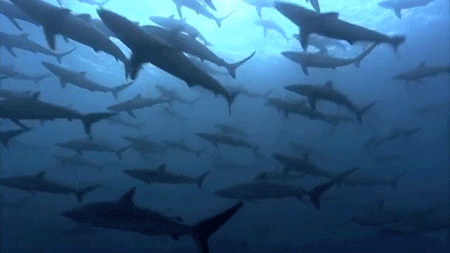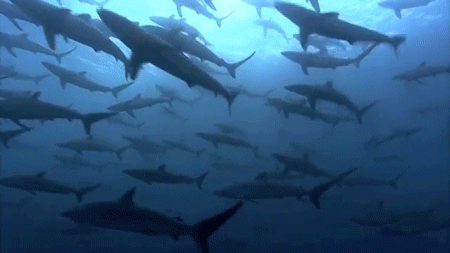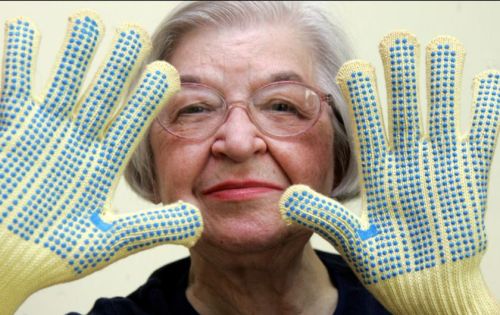Scientists Discover How Loneliness Can Kill

Scientists Discover How Loneliness Can Kill
Loneliness can increase the risk of premature death by 14 percent in older adults, according to a study published Monday that posits a physiological basis for the phenomenon. The dangers of social isolation have long been known but its effects on the body have not been well understood, the researchers said in the work published in the Proceedings of the National Academy of Sciences/PNAS. Led by University of Chicago psychologist John Cacioppo, the research team had previously identified a link between solitude and both a heightened expression of genes involved in inflammation and a diminution in the activity of other genes that play a role in the body’s antiviral responses. The result is a weakened immune systems that makes a person who lives alone more vulnerable to illness. In their latest research, the researchers looked at leukocytes, white blood cells that the immune system uses to protect against bacteria and viruses. They found the same shift in genetic expression in the white blood cells of people who lived alone and in social isolation. They also found that loneliness predicted the gene behavior a year or more in advance and conversely that gene expression predicted loneliness measured a year or more later. (Source)
You may also like:
The Science on Sleep Paralysis
Emotional Pain Counts Too
Girl With Half a Brain
More Posts from Curiositytherover and Others

Activist Kosta Grammatis puts Internet access high on the list of basic human needs. Information, he says, enables people in developing nations to teach themselves how to grow food, purify water, even create power sources. on their own. He explains why the Web is a gateway to satisfying all those needs—and more—in this Qualcomm Spark essay.
Can we talk about this?
So there’s this physics journal that uses math and science to discuss the realities of fictional universes in a super legit, peer-reviewed manner?
And they did a thing on Frozen?

Combining research on the film?

With info on how water works and stuff?

Then applied math and chemistry (and other things in which I am not especially well versed) to reach this conclusion:

So.




Why music might be killing sharks
For too long, sharks have been portrayed and perceived as the menacing, lurking creatures in the deep. Contrary to popular belief, we are much more of a threat to them than they are to us.
Researchers have found that the ominous music that often accompanies even documentary footage of them has inspired excessive fear about sharks.
In an experiment at UC San Diego, participants watched footage of sharks. Some scenes featured uplifting music, and others had a more daunting score.
The effect was what you might expect. Viewers saw sharks as intimidating creatures when they they also heard ominous music.
But with uplifting music (or none at all), viewers had a more positive impression of sharks.
This is problematic because rarely do we see shark footage without the ominous music, and the negative portrayals of sharks may be hindering conservation efforts.
“We know from prior research that conservation progress for sharks is sluggish compared to marine mammals and that this slow response may be due in part to the societal marginalization of sharks,” says study co-author Elizabeth Keenan.
After all, in the words of Senegalese conservationist Baba Diou, “we will conserve only what we love.”
And while they’re still not exactly a furry, cuddly rabbit, consider this: you’re more likely to be struck by lightening than fall prey to a fatal shark attack.


NASA’s FireSat system will be able to detect wildfires from space


Congress Instructs NASA to Build a Space Habitat by 2018
Some of NASA’s successes in 2015 include finding liquid water on Mars and icy mountains on Pluto. In fact, the agency has been making so much waves that the US Congress has decided to give it a raise.
However, there’s a catch.
http://futurism.com/links/congress-instructs-nasa-build-space-habitat-2018/

Anyone with a younger brother or sister knows it’s not always an easy ride (unless you happen to be very fortunate), but a new study suggests there could be real, tangible health benefits to having a younger sibling. Researchers have linked having a little brother or sister to a lower risk of obesity in a comparison of the body mass indexes (BMIs) of 697 children in the US.
The University of Michigan team found that the birth of a sibling between the ages of two and four was associated with a healthy BMI, while those without a sibling by the first grade (age six) were almost three times more likely to be obese at that age. Those are quite dramatic findings, but the researchers behind them aren’t entirely sure why such a link exists.
“This study is believed to be the first to track subsequent increases in BMI after a child becomes a big brother or sister,” said senior author Julie Lumeng. “Research suggests that having younger siblings - compared with having older or no siblings - is associated with a lower risk of being overweight. However, we have very little information about how the birth of a sibling may shape obesity risk during childhood.”

This is your closest look yet at a Kuiper Belt object


Stephanie Kwolek, the inventor of Kevlar, passed away this week at age 90
“A true pioneer for women in science,” passed away on Wednesday, reported the New York Times. As a DuPont scientist, Stephanie Kwolek is credited for inventing Kevlar in 1964, a fiber that has radically improved police and military body armor since its creation.
Kwolek died at age 90 in hospice care at St. Francis Hospital in Wilmington, Del. She leaves behind a legacy of achievement in science and technology that directly saved an estimated 3,000 lives of police officers over the past four decades.
Read more | Follow micdotcom

One of the physicists who helped find the Higgs boson, Elina Berglund, has spent the past three years working on something completely different - a fertility app that tells women when they’re fertile or not.
It’s not the first fertility app out there, but Berglund’s app works so well that it’s been shown to help women avoid pregnancy with 99.5 percent reliability - an efficacy that puts it right up there with the pill and condoms.
Best of all, the app doesn’t have any side effects, and just requires women to input their temperature daily to map their fertility throughout the month.
Back in 2012, Berglund was working at CERN on the Large Hadron Collider experiment to find the famous Higgs boson. But after the discovery of the particle, she felt it was time to work on something completely different.
“I wanted to give my body a break from the pill,” she told Daniela Walker from Wired, “but I couldn’t find any good forms of natural birth control, so I wrote an algorithm for myself.”
The resulting app is called Natural Cycles, and so far, it’s had pretty promising results.
Continue Reading.
-
 thisisacatperson liked this · 4 years ago
thisisacatperson liked this · 4 years ago -
 diegohoncho liked this · 6 years ago
diegohoncho liked this · 6 years ago -
 pezdiispenser liked this · 6 years ago
pezdiispenser liked this · 6 years ago -
 arthooooor liked this · 6 years ago
arthooooor liked this · 6 years ago -
 freakedpunk liked this · 7 years ago
freakedpunk liked this · 7 years ago -
 watchdogged liked this · 7 years ago
watchdogged liked this · 7 years ago -
 premiummexx liked this · 7 years ago
premiummexx liked this · 7 years ago -
 2ndeffect reblogged this · 7 years ago
2ndeffect reblogged this · 7 years ago -
 niezbukdoq-blog liked this · 7 years ago
niezbukdoq-blog liked this · 7 years ago -
 ironlegend000 reblogged this · 8 years ago
ironlegend000 reblogged this · 8 years ago -
 spacecace reblogged this · 8 years ago
spacecace reblogged this · 8 years ago -
 i-is--human reblogged this · 8 years ago
i-is--human reblogged this · 8 years ago -
 no-shame-allowed reblogged this · 8 years ago
no-shame-allowed reblogged this · 8 years ago -
 pandorabox-rags liked this · 8 years ago
pandorabox-rags liked this · 8 years ago -
 emeebee reblogged this · 8 years ago
emeebee reblogged this · 8 years ago -
 saudi-solo-flyer reblogged this · 8 years ago
saudi-solo-flyer reblogged this · 8 years ago -
 zsalugater reblogged this · 8 years ago
zsalugater reblogged this · 8 years ago -
 talalt-targyak-osztalya reblogged this · 8 years ago
talalt-targyak-osztalya reblogged this · 8 years ago -
 otthonzulles reblogged this · 8 years ago
otthonzulles reblogged this · 8 years ago -
 otthonzulles liked this · 8 years ago
otthonzulles liked this · 8 years ago -
 mileypercocet reblogged this · 8 years ago
mileypercocet reblogged this · 8 years ago -
 mileypercocet liked this · 8 years ago
mileypercocet liked this · 8 years ago -
 yikesitsvenus-blog liked this · 8 years ago
yikesitsvenus-blog liked this · 8 years ago